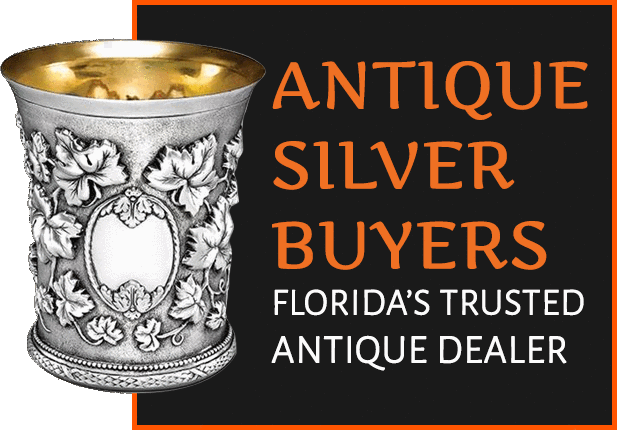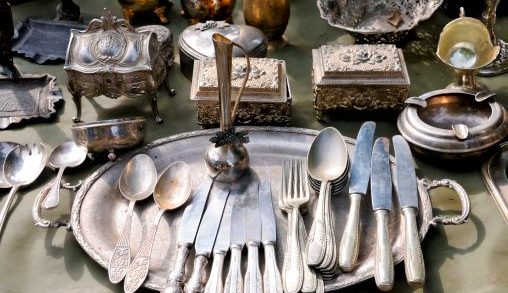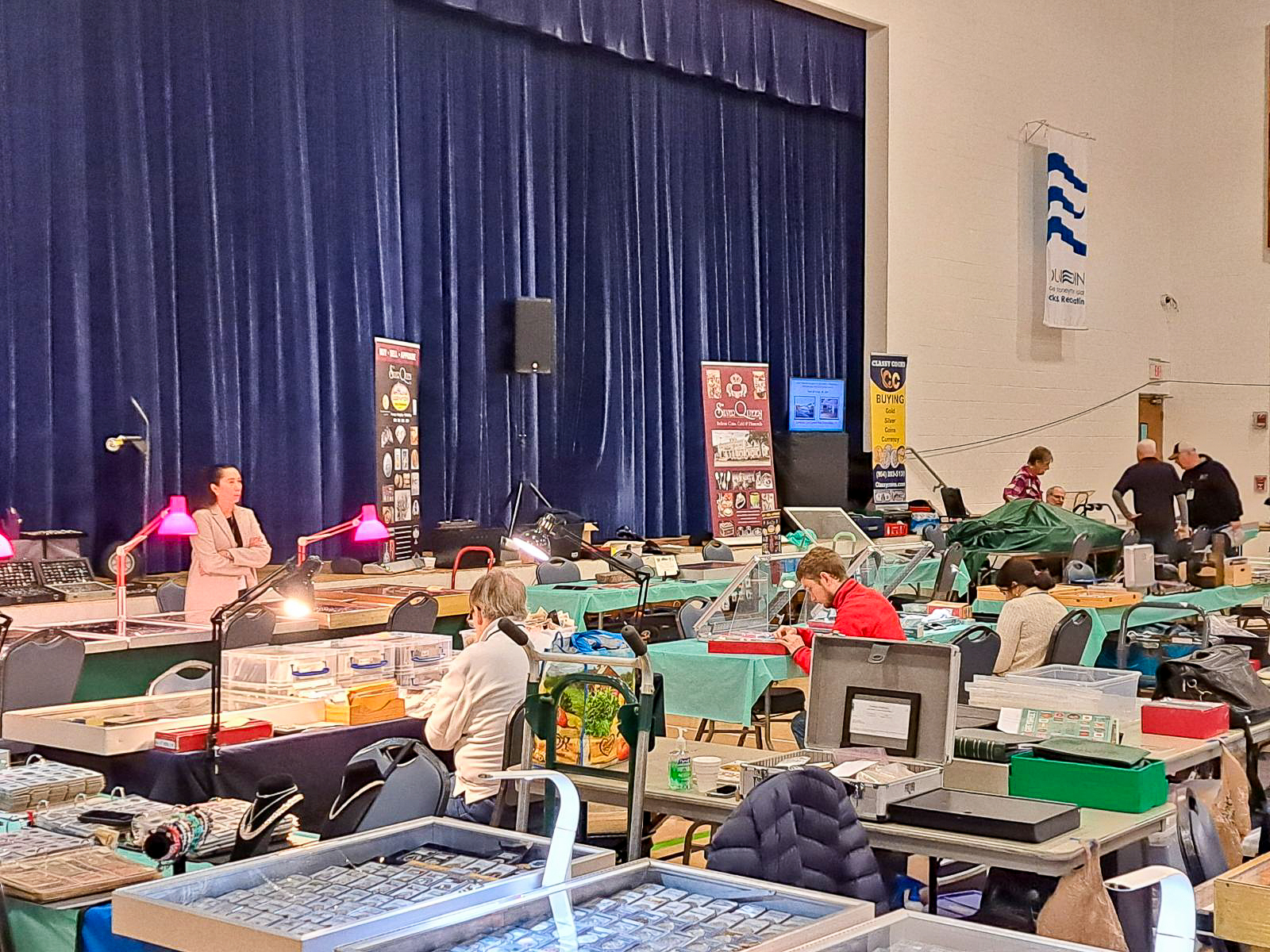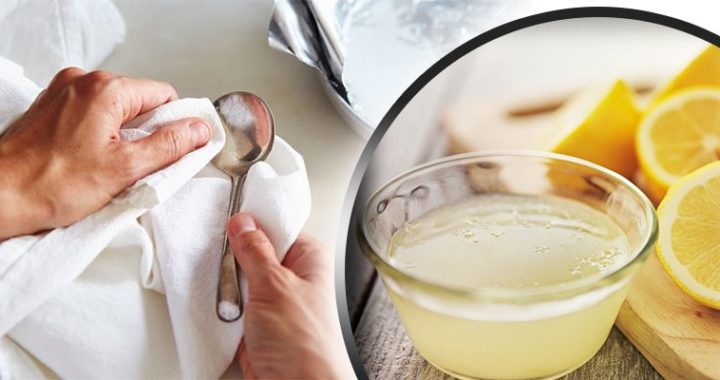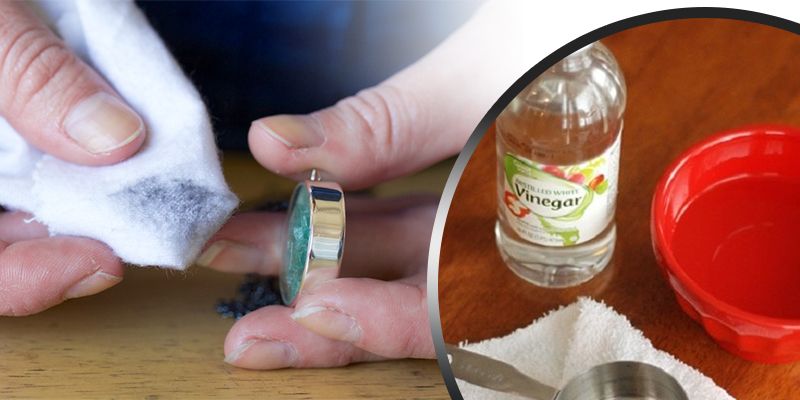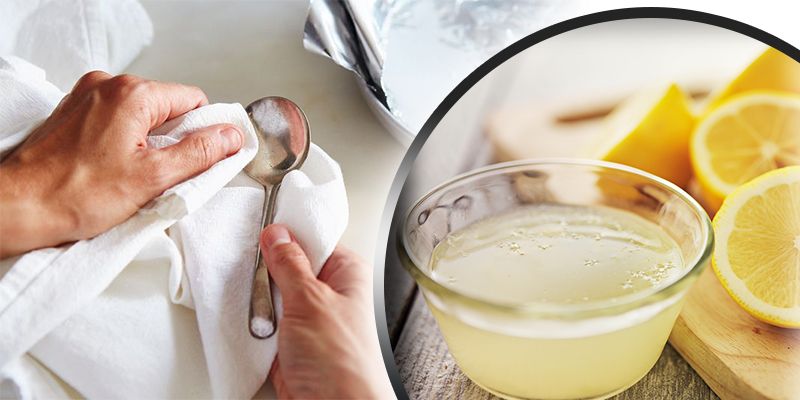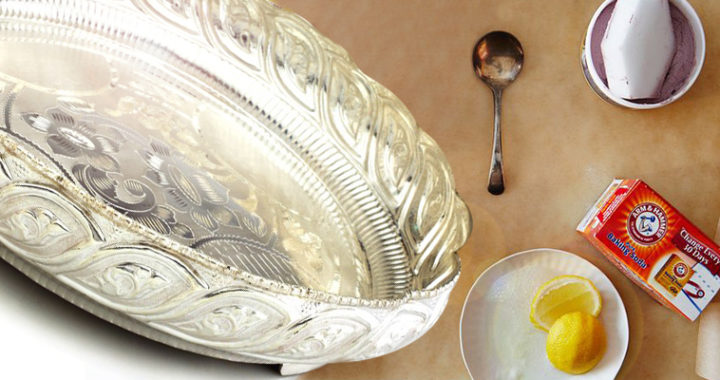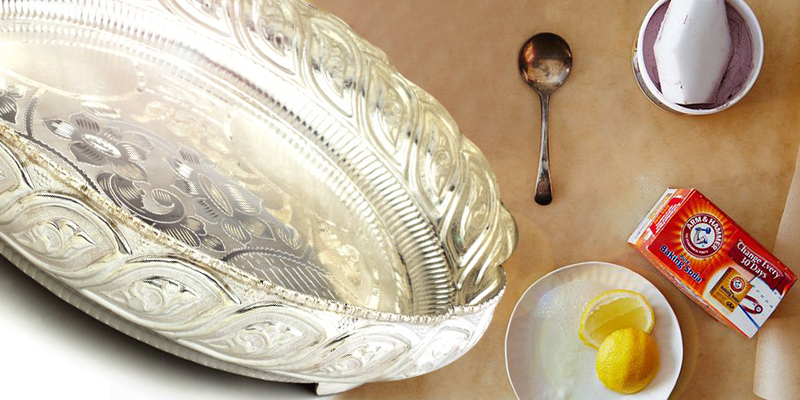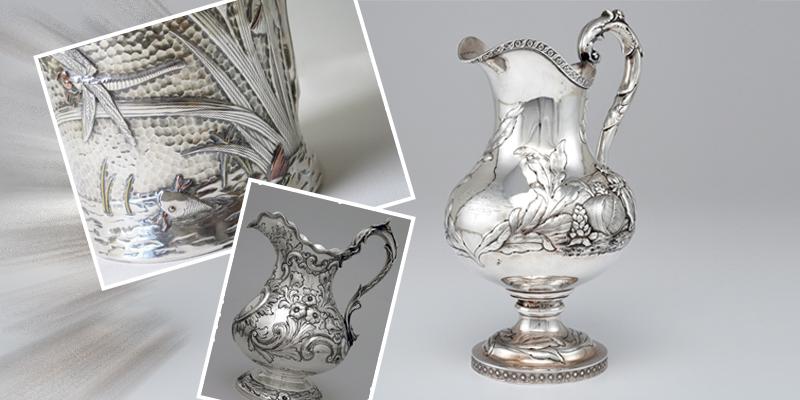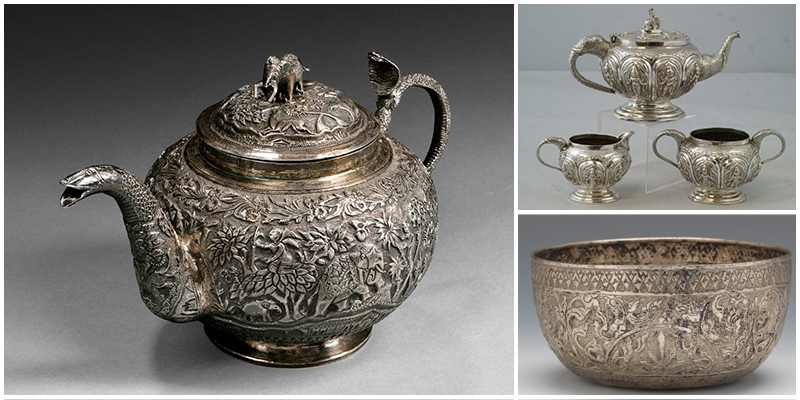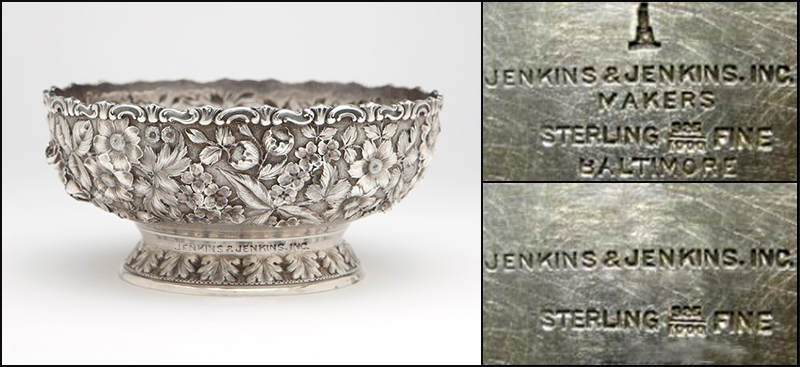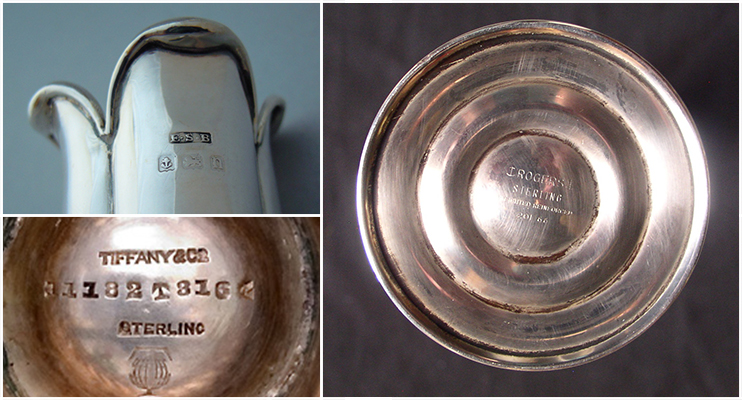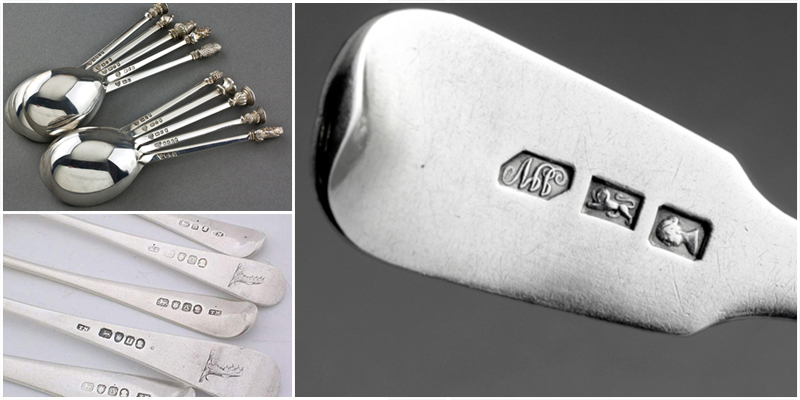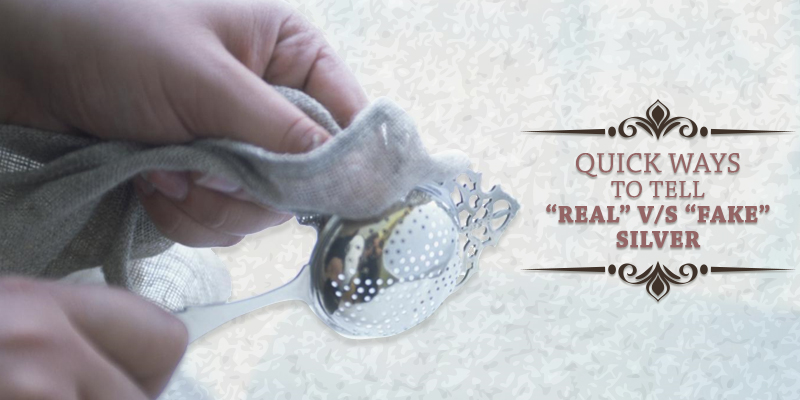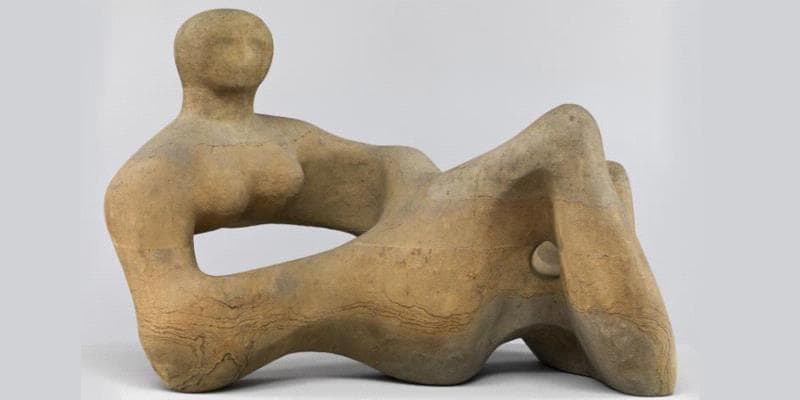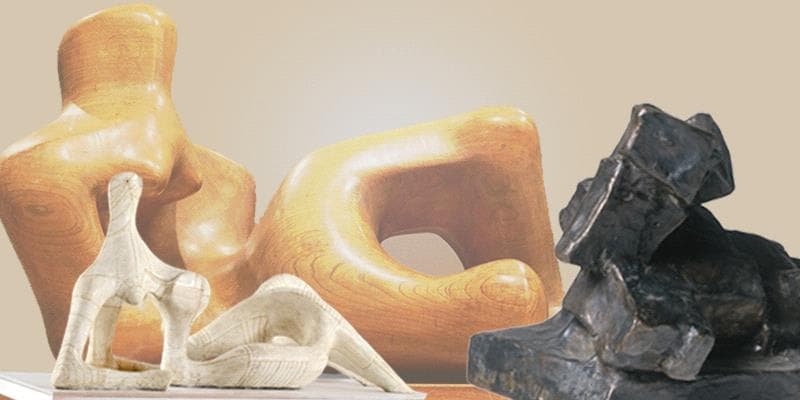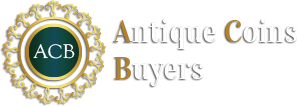Antiques are highly valued possessions for many people, whether they collect them for sentimental reasons or as a source of income. If someone wants to sell an antique item, it’s important to determine its fair market value. To do that, it’s crucial to have a precise understanding of the item’s worth and set a price that covers all reasonable costs. An antique collector needs to understand what they have before selling it.
Know About The Different Types of Appraisals.
Knowing its value earlier is essential if you plan to sell antique silverware. It is where appraisals come in handy. More appraisals are available; selecting the right one can make a massive difference in the outcome. Experienced antique silver collectors who have been in the industry for a long time generally know what their collections are worth. However, if you’re a beginner collector, you must be careful when examining for an appraiser or buyer.
Selecting an experienced dealer or appraiser to sell antique silverware is intelligent. They can provide relevant & best information about antique vintage items, making moving forward easier. Moreover, they can help you get the best possible price for your antique silverware.
When thinking of selling your antique silverware, getting an appraisal is essential. An assessment can help you identify the value of your silverware and help you decide how to proceed. An evaluation can also provide you with documentation that can be used for insurance purposes or to prove the value of your silverware in case of disputes.

Why Should You Always Get an Appraisal Before You Sell ?
It is highly recommended to always get a current appraisal before selling any piece of silver. Even if you have had an appraisal done in the past 6 months, the value of your item may have changed based on the current market value.
Antique buyers are usually prepared to conduct appraisals, and you can rely on them to inform you if the value of a silver flatware set has increased. It is important to note that trustworthy buyers do not try to negotiate the appraisal process and provide a smooth appraisal experience to the sellers.
For a hassle-free and prompt appraisal session, you can choose us. We are reputable Silver buyers who conduct appraisals before proceeding with the sale. Suppose you want to sell your silver piece. In that case, getting a current appraisal beforehand can ensure you receive the best possible value for your item.
It’s good to Appraise Your Collection.

It’s important to note that the value of your silver collection can fluctuate over time. The market for antique silverware is constantly changing, and certain pieces or patterns may become more or less desirable to collectors. That’s why it’s crucial to have your collection appraised regularly to stay up-to-date on its value and make informed decisions about buying or selling it.
In addition to demand and rarity, other factors that can affect the value of your silverware include its historical significance, craftsmanship, and provenance. For example, a silver tea set owned by a famous historical figure or created by a renowned silversmith may be more valuable than a similar but anonymous set.
What Affects the Value of Silver?
Regarding condition, collectors generally prefer pieces that are in excellent or near-perfect condition, with minimal damage or wear. However, even slightly damaged or tarnished items may still hold value, especially if they are rare or historically significant.
- Age
- Condition
- Popularity
- Rarity
Ultimately, the value of your silver collection is determined by a complex interplay of factors. It’s always a good idea to seek the advice of a professional appraiser or antique dealer if you have any questions or concerns. With the proper knowledge and guidance, you can ensure your collection remains valuable for years.
